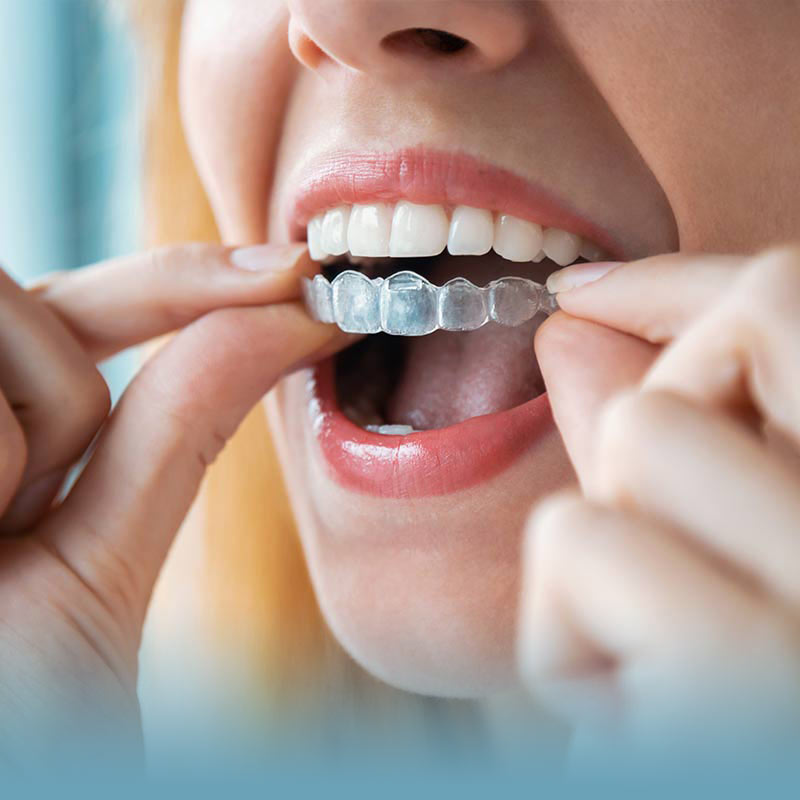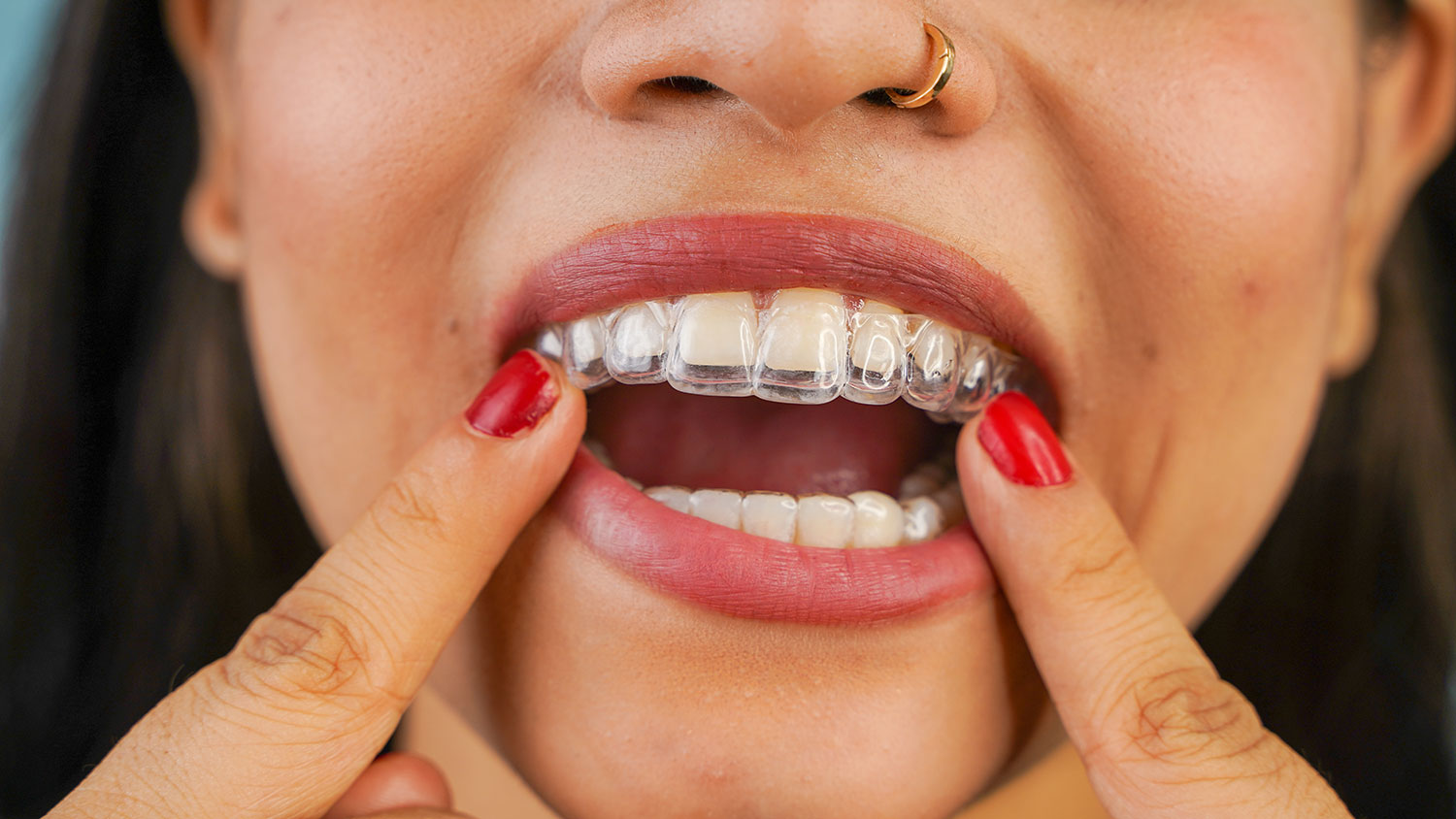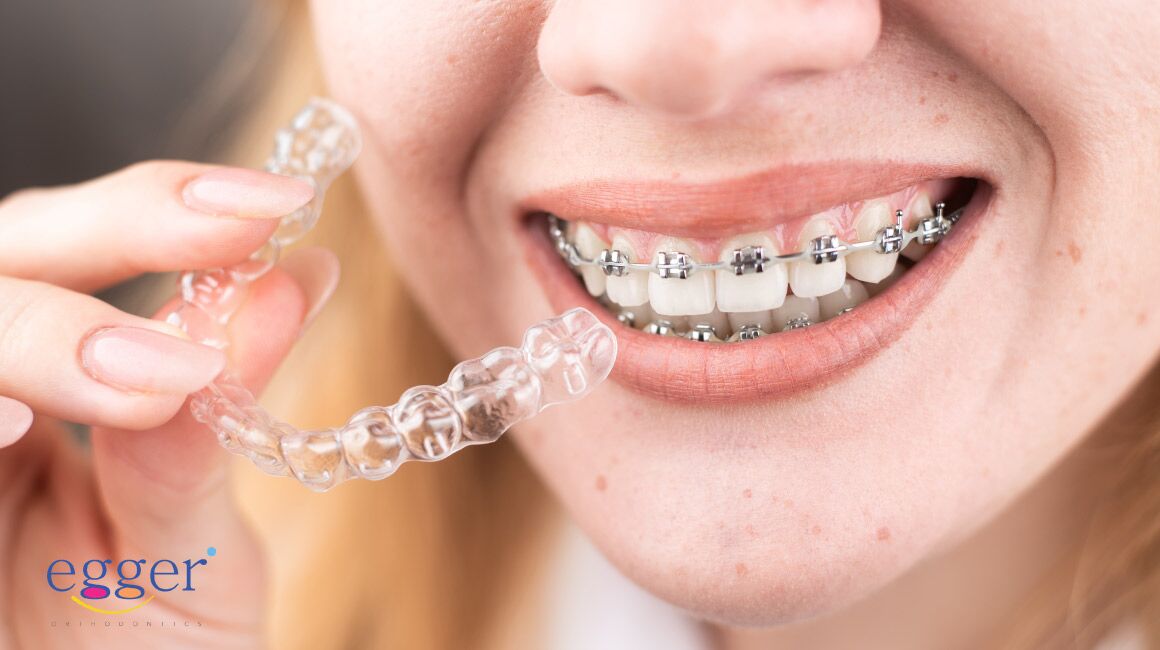How Invisalign Works: Your Overview to Clear Aligners and Their Effectiveness
How Invisalign Works: Your Overview to Clear Aligners and Their Effectiveness
Blog Article
Invisalign vs. Typical Dental braces: Which Option Is Right for You?
When taking into consideration orthodontic treatment, the option between Invisalign and conventional dental braces provides numerous crucial variables that merit mindful evaluation. Invisalign supplies a discreet alternative with removable aligners, while conventional braces supply a more visible yet reliable solution for extreme imbalance. Each option encompasses unique advantages and drawbacks associated with aesthetics, convenience, treatment period, and cost. Understanding these subtleties is essential for making an informed decision that aligns with your individual preferences and way of life. The concern stays: which alternative will finest meet your orthodontic demands and assumptions?
Review of Treatment Options

On the other hand, standard braces contain steel braces and cables that are bonded to the teeth. This approach uses continual pressure gradually to achieve alignment. While reliable for complicated orthodontic problems, conventional braces need normal sees for adjustments and can present challenges in maintaining oral health due to the problem of cleaning up about brackets and cords.
Both alternatives have their merits, and the selection usually rests on specific dental problems, lifestyle preferences, and individual compliance. Ultimately, speaking with an orthodontic specialist is vital for determining one of the most appropriate therapy plan tailored to private requirements. Recognizing the subtleties of each alternative can dramatically influence the total success of orthodontic treatment.
Aesthetic Factors To Consider
A significant factor affecting the choice in between Invisalign and conventional braces is the aesthetic appeal each therapy offers. Invisalign aligners are crafted from clear plastic, making them essentially undetectable when worn. This very discreet appearance is especially attracting teenagers and adults that might really feel awkward about their orthodontic treatment. The ability to keep an all-natural smile throughout the alignment procedure can substantially enhance the client's self-confidence in professional and social setups.
On the other hand, standard braces include steel brackets and cables, which can be much more noticeable. While improvements in orthodontic modern technology have actually caused the advancement of smaller sized brackets and colored elastics, traditional braces still maintain a more obvious account. For some individuals, the visibility of braces may hinder them from seeking needed treatment.
Eventually, the option between Invisalign and traditional braces may hinge on individual preferences regarding aesthetic appeals. Patients who focus on discretion commonly lean toward Invisalign, while those who are less concerned regarding visibility might select traditional dental braces. Recognizing the aesthetic effects of each alternative is crucial for making an informed choice that aligns with one's way of life and preferences.
Comfort and Convenience

In regards to convenience, Invisalign aligners are removable, allowing patients to appreciate their favorite foods without constraint and preserve optimal dental health. Brushing and flossing are simplified, as the aligners can be obtained during these routines, whereas typical braces call for careful maneuvering around braces and cords.
Additionally, Invisalign's progressive system enables fewer orthodontic gos to. Clients normally receive several sets of aligners at the same time, which can enhance the therapy procedure and decrease time spent in the orthodontist's chair. In contrast, standard braces necessitate routine modifications, making them much less practical for those with busy timetables. Invisalign. Overall, the comfort and convenience of Invisalign make it an attractive choice for lots of people seeking orthodontic treatment.
Therapy Duration and Effectiveness
While both Invisalign and standard braces are reliable in remedying dental misalignments, the period of treatment can vary significantly between the 2 options. Typically, Invisalign therapy can take anywhere from 12 to 18 months, depending on the complexity of the situation. The clear aligners function by slowly shifting teeth into their preferred placements, and normal follow-ups with an orthodontist help make certain progress continues to try here be on track.
On the other hand, traditional braces typically call for a longer dedication, usually varying from 18 months to three years. This is due to their set nature and the use of wires and braces, which can be extra effective for complicated situations and severe misalignments (Invisalign). The treatment effectiveness of typical braces is well-documented, as they enable specific changes and higher control over tooth motion
Ultimately, the choice between Invisalign and standard dental braces might depend upon both the expected treatment duration and the specific dental problems available. Consulting with an orthodontist is vital, as they can supply tailored recommendations based on specific needs, making sure the chosen technique aligns with preferred timeframes and outcomes.
Price Comparison and Insurance Choices
Price plays a significant role in the decision-making procedure for individuals taking into consideration orthodontic treatment, whether choosing Invisalign or typical dental braces. On standard, the cost of Invisalign varieties from $3,000 to $8,000, while traditional dental braces typically set you back in between $2,000 and $6,000. Variables affecting these costs consist of the complexity of the instance, the period of treatment, and geographical location.
Insurance protection can significantly influence out-of-pocket costs. Numerous dental insurance policy plans give partial protection for orthodontic treatments, article yet the specifics can differ commonly. It is important for clients to assess their insurance policy plans to establish the extent of insurance coverage for either alternative. Normally, conventional braces might be more often covered by insurance plans contrasted to Invisalign, which some insurance companies categorize as a cosmetic procedure.
In addition, several orthodontic practices offer versatile settlement plans, making both treatment choices a lot more easily accessible. Individuals must inquire regarding prospective financing options and discounts for in advance payments. Evaluating the complete expense, consisting of insurance policy benefits and layaway plan, is necessary for making an informed choice that aligns with both aesthetic preferences and budget factors to consider.

Final Thought
In summary, the selection between Invisalign and typical braces depends upon numerous aspects, including visual preferences, comfort, treatment period, and expense. Invisalign offers a discreet, detachable choice that helps with dental health and nutritional flexibility, while conventional dental braces may be better for intricate oral issues and usually come with a lower cost factor. Ultimately, consultation with an orthodontist is important to assess private circumstances and figure out one of the most suitable treatment option for achieving optimum dental placement.
When taking into consideration orthodontic therapy, the option between Invisalign and traditional braces presents numerous vital variables that warrant mindful assessment.Contrasting Invisalign and conventional braces discloses distinct treatment alternatives for orthodontic correction.While both Invisalign and standard braces are reliable in remedying dental misalignments, the period of treatment can vary significantly in between the two choices.Expense plays a substantial role in the decision-making process for individuals considering click for info orthodontic treatment, whether choosing for Invisalign or typical braces.In summary, the choice in between Invisalign and typical dental braces pivots on several factors, consisting of aesthetic preferences, comfort, treatment period, and expense.
Report this page